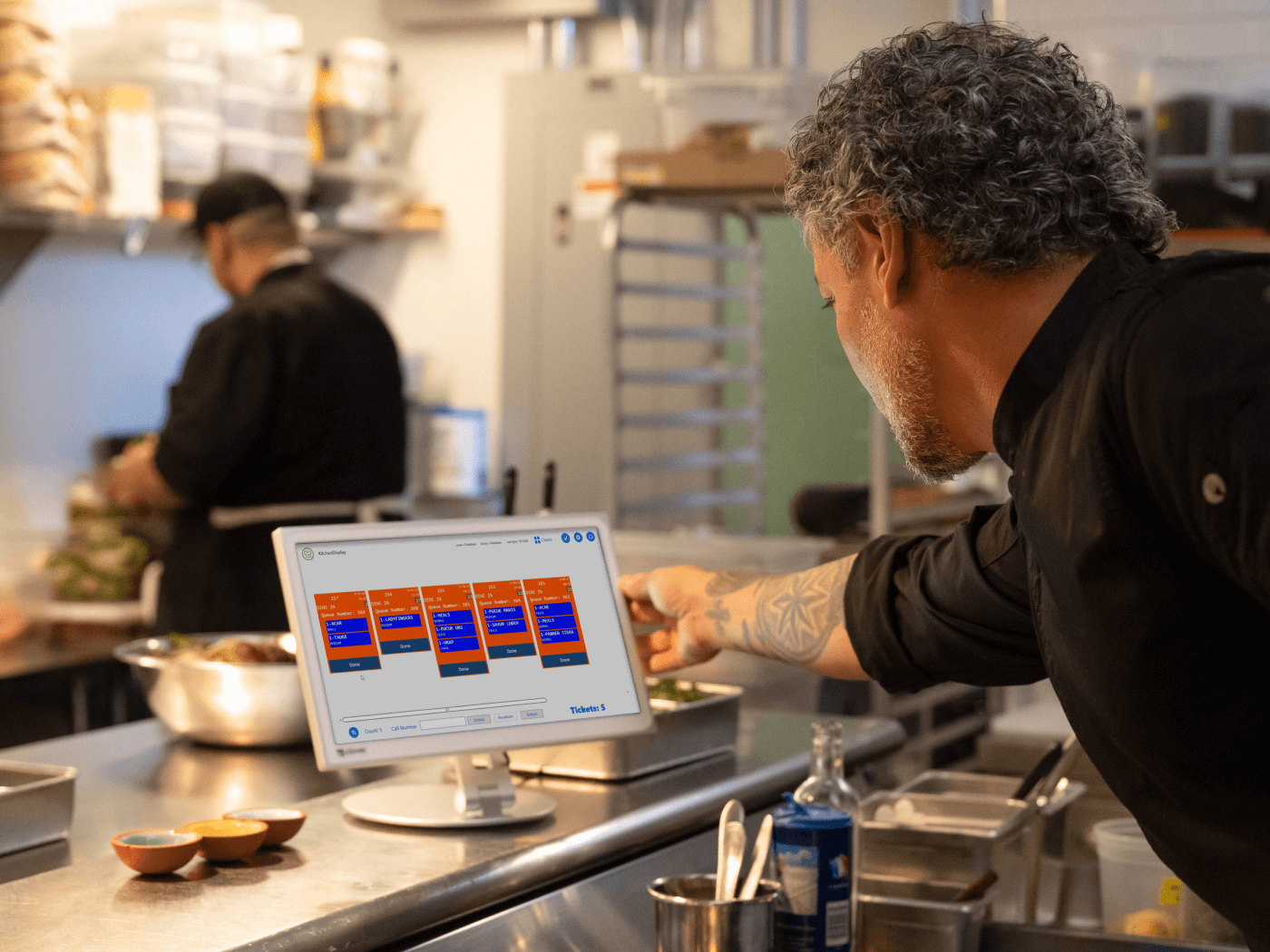The food industry in the Philippines is undergoing a significant transformation with the advent of self-ordering kiosks. These technological marvels are not just a trend but a revolutionary shift in how restaurants operate and serve their customers. By integrating advanced technology into their operations, food establishments are enhancing customer experience and streamlining their processes. In this blog, we will explore how self-ordering kiosks are changing the landscape of the food industry in the Philippines.
What Are Self-Ordering Kiosks?
Self-ordering kiosks are interactive terminals that allow customers to place orders directly without the need for traditional waitstaff. This concept, which originated in fast-paced environments like airports and fast-food chains, has now permeated various dining establishments worldwide, including the Philippines. These kiosks offer numerous benefits, such as reducing wait times, increasing order accuracy, and providing a personalized dining experience.
Key Features of Self-Ordering Kiosks
Kiosk / Kitchen Display: The Kiosk/Kitchen Display solution is a powerful tool designed to enhance order management and streamline operations in restaurants and food service establishments. By integrating seamlessly within the system, this feature enables businesses to optimize order processing, improve communication between front-end and back-end operations, and deliver exceptional customer experiences.
Self-Service Kiosk: The self-service kiosk component allows customers to place orders directly through intuitive interfaces. Customers can browse menus, select items, customize orders, and make payments quickly and conveniently. This not only reduces wait times but also enhances customer satisfaction by providing a smooth and efficient ordering process.
The Technology Behind Self-Ordering Kiosks
Order Routing: Once an order is placed, it is seamlessly routed to the designated kitchen display system. This ensures that orders are transmitted accurately and promptly, minimizing manual errors and speeding up order fulfillment. The efficiency of this process is crucial for maintaining high standards of service, especially during peak hours.
Kitchen Display System (KDS): The Kitchen Display System (KDS) provides a digital interface in the kitchen area, replacing traditional paper tickets. Orders are displayed on screens, allowing kitchen staff to view and prioritize orders, monitor cooking times, and mark orders as complete. This organized approach enhances kitchen efficiency and reduces the chances of errors.
Order Prioritization and Timers: The KDS allows for order prioritization based on factors such as order type, preparation time, and customer preferences. Timers are incorporated to track cooking durations, ensuring timely preparation and minimizing delays. This system ensures that all orders are handled efficiently, leading to improved customer satisfaction.
Benefits of Self-Ordering Kiosks for Restaurants
Implementing self-ordering kiosks brings numerous advantages to restaurants. These include increased efficiency and productivity, enhanced accuracy in orders, improved customer satisfaction and loyalty, and better resource management, leading to cost savings. By reducing the dependency on manual order taking, restaurants can focus more on food quality and service delivery.
Future Trends and Developments
The future of self-ordering kiosk philippines looks promising, with emerging technologies set to further enhance their functionality. Innovations such as AI-driven recommendations, voice-activated ordering, and integration with mobile apps are on the horizon. These advancements will continue to elevate the dining experience and encourage more restaurants in the Philippines to adopt this technology.
Takeaway
Self-ordering kiosks are revolutionizing the food industry in the Philippines by enhancing order management, reducing wait times, and improving customer satisfaction. As technological innovations continue to evolve, the adoption of self-ordering kiosks will become increasingly essential for restaurants aiming to stay competitive and deliver exceptional dining experiences. Embracing this technology is not just a trend but a strategic move towards operational excellence and customer delight.









